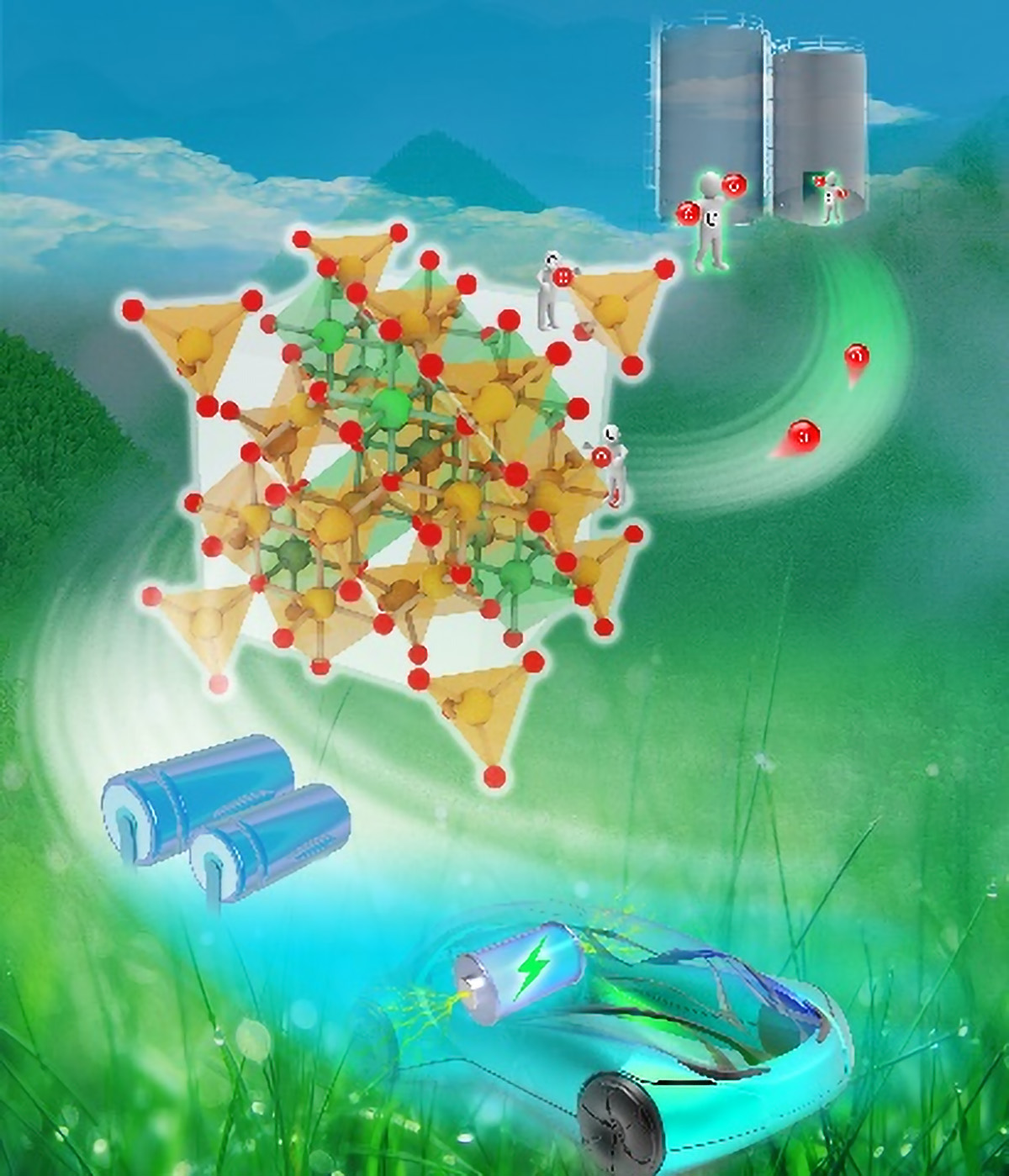

In addition to the advancements in lithium-sulfur, solid-state, calcium-based, and eco-friendly batteries, the global market for metal-air batteries is projected to experience significant growth. According to a report by Future Market Insights, the metal-air battery market is expected to reach a valuation of $2.8 billion by 2034, with a compound annual growth rate (CAGR) of 15.2% [26957df4]. The increasing demand for electronic devices, the adoption of electric vehicles, and advancements in laser and 3D printing are driving the popularity of metal-air batteries. Metal-air batteries offer advantages over lithium-ion batteries, including lower cost, higher energy density, and longer-lasting power. Breakthrough innovations in electrode materials, electrolyte formulations, and system design are expected to further enhance the performance and viability of metal-air batteries. The United States, Japan, the United Kingdom, South Korea, and China are projected to be key players in the metal-air battery market. Major companies in this market include ZAF Energy Systems, PolyPlus Battery Company, GP Batteries International Limited, Arotech Corporation, Eos Energy Storage, Fuji Pigment Co., Ltd., Changhong Batteries, STORNETIC GmbH, Alcoa Corporation, and Duracell Inc. [26957df4]
Supercapacitors, also known as ultracapacitors or electric double-layer capacitors (EDLCs), are advanced energy storage devices with unique characteristics. They store energy through the electrostatic separation of charges at the interface between an electrolyte and a high-surface-area electrode, allowing for rapid energy storage and release. Supercapacitors play a crucial role in renewable energy and environmental conservation, serving as components for energy storage and delivery systems in the context of renewable energy. They are also sustainable alternatives to traditional energy storage devices, with long cycle life, fast charging/discharging capabilities, and reduced environmental impact [8d452833]. Recent research has demonstrated advancements in supercapacitor technology through oxygen vacancies engineering, which improves the electrochemical performance of metal oxides. A study by Prof. Jianqiang Bi's team synthesized NiFe with oxygen vacancies, resulting in superior conductivity and a 3.7-fold increase in capacitance compared to NiFe without oxygen vacancies. This research highlights the potential of oxygen vacancy engineering in optimizing the performance of metal oxides for supercapacitor electrodes, contributing to the development of high-performance supercapacitors [8d452833]. The study was supported by Major Basic Research Projects of Shandong Natural Science Foundation, Science and Technology Development Project of Shandong, and Natural Science Foundation of Shandong.
This projection highlights the growing importance of metal-air batteries in the energy storage sector. Metal-air batteries offer a promising alternative to traditional lithium-ion batteries, with their lower cost, higher energy density, and lack of need for frequent recharging. These batteries are expected to find applications in various industries, including consumer electronics, electric vehicles, and renewable energy systems. The advancements in electrode materials, electrolyte formulations, and system design will play a crucial role in improving the performance and commercial viability of metal-air batteries. With the projected growth in the metal-air battery market, it is clear that this technology has the potential to revolutionize the energy storage industry and contribute to a more sustainable future.
Supercapacitors, on the other hand, are advanced energy storage devices that have unique characteristics and play a crucial role in renewable energy and environmental conservation. They store energy through the electrostatic separation of charges at the interface between an electrolyte and a high-surface-area electrode, allowing for rapid energy storage and release. Supercapacitors have advantages such as long cycle life, fast charging/discharging capabilities, and reduced environmental impact. Recent research has shown advancements in supercapacitor technology through oxygen vacancies engineering, which improves the electrochemical performance of metal oxides. This research highlights the potential of oxygen vacancy engineering in optimizing the performance of metal oxides for supercapacitor electrodes, contributing to the development of high-performance supercapacitors. With ongoing research and development in both metal-air batteries and supercapacitors, the energy storage industry is poised for innovation and progress [8d452833].